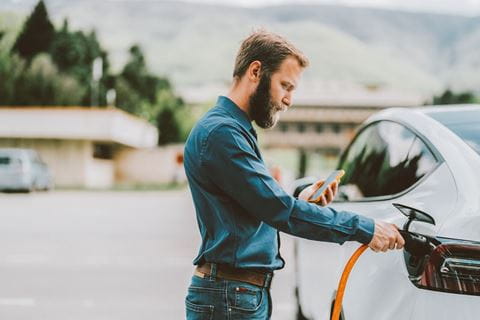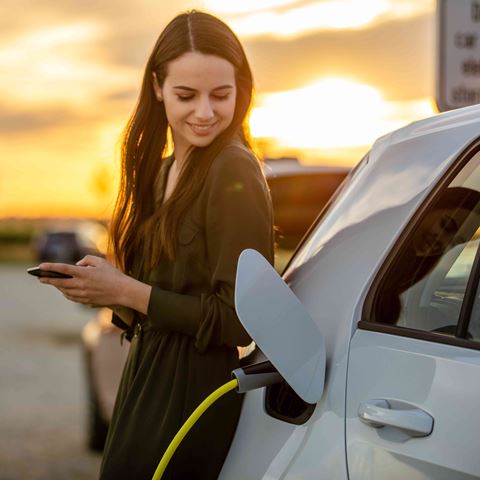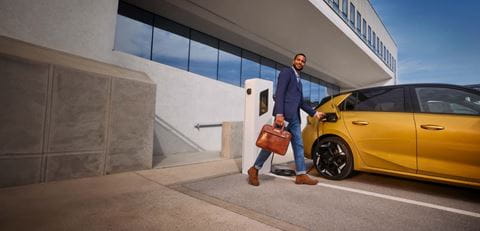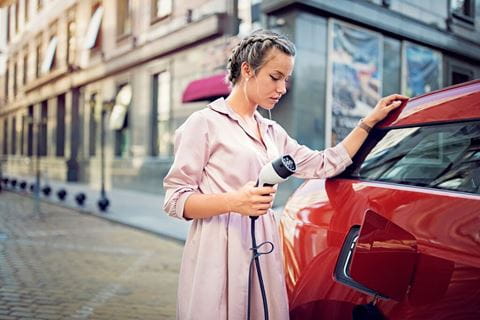
Public charging
Everything you need to know about charging on the go
If you need to top up your battery while you’re on the move, you’ll have to use public charging. Planning ahead is key, particularly as there are different types of chargers with different speeds and costs. We explain what’s involved.
Charging with Ayvens
Our charge card solutions give drivers an easy way to charge on the move. At the same time, fleet managers can have full visibility of their drivers charging behaviour, so they can keep an eye on costs and monitor carbon emissions.
What types of chargers are there?
Public chargers need to be much faster than home charging. Few people out on the road are willing to park up for hours while their vehicle slowly recharges – whereas this is very easy to do when you’ve parked at home for the night. The result is a range of public chargers with different speeds designed to get you moving again as quickly as possible.
What does charging cost?
The price varies by charger and sometimes by location. Faster chargers tend to be more expensive. The charger might include a start-up fee (one-time) and can be based on either:
- Time per minute (which means you pay for as long as you are parked even if charging is complete)
- Energy consumption (per kWh)
How do I find public chargers?
- On the road: There are lots of apps that can help you find the nearest charging station. We picked out a selection in a recent article. You may also find the satnav in your car can help you find the right charger for your vehicle.
- Planning ahead: You can see every public charger in the UK on zap-map.com. It allows you to filter by operator, connector, speed, vehicle and payment options. You can also add your own notes to it about faulty chargers or information about accessibility and parking costs. Explore the map











